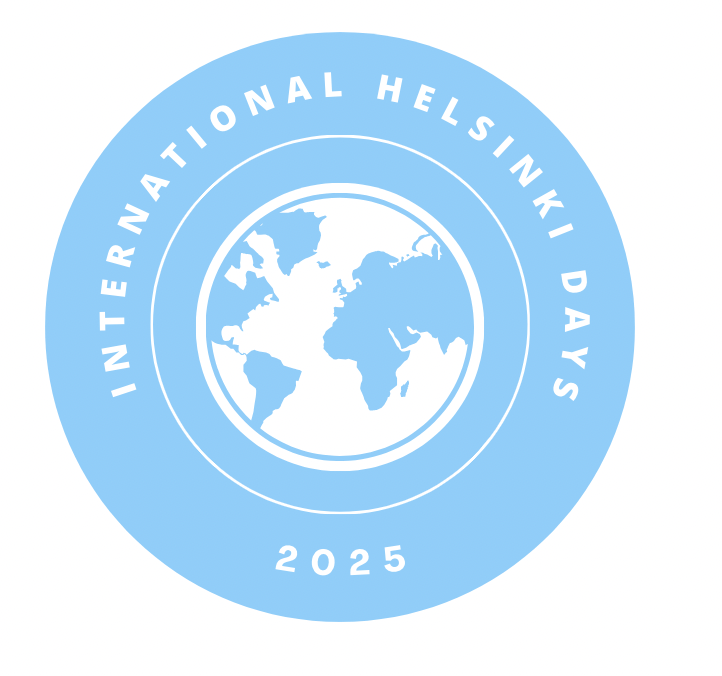FINLAND
Let us start from the basics and try to find Finland on the world map.
Yes, situated pretty close to Russia and relatively far from Vietnam, Finland is one of the Nordic countries and, thus, a part of Northern Europe. The capital, also the biggest city of the country, Helsinki, with roughly half a million people, lies on the southern coastline. The landscape of Finland is dominated by forests and lakes, but there is a geographical variety from the unique archipelago of the southern and western coastlines to the rolling mountains and clear-water rivers of Lapland.
Finland and the Finnish way of life have been influenced by the country’s location between East and West. For five centuries Finland was a part of Sweden, then for a hundred years of Russia. Traces of both of these eras can still be seen. Finland declared itself independent in 1917 and managed to keep this independence throughout World War II. At the beginning of 1995, Finland joined the European Union. Finland is a democracy in the normal western sense of the word, a parliamentary republic with a multiparty political system. The social structure is typically Nordic resembling particularly that of Sweden. Not to mention that Finland is one of the most high-tech countries in the world: the number of cell phones and broadband internet connections compared to population size is among the highest.
Finland’s special richness lies in bilingualism: both Finnish and Swedish are official languages. Finnish is spoken by 90.7 % of the population, whereas 5.4 % have Swedish as their mother tongue. Around 1 700 people in Lapland speak Saami. Since Finnish is the mother tongue of only about five million people in the whole world it goes without saying that skills in foreign languages are needed. Therefore, most Finns speak English, and many have skills in German, French, or some other European language.
Thanks to the vicinity of the Atlantic Ocean and the Gulf Stream, Finland’s climate is temperate. Summer in Finland is warm, bright, and exhilarating. Most importantly, the air is fresh, clean, pure, and invigorating at all times of the year. Due to the low humidity, the climate of Finland is actually not as cold as temperature readings might seem to indicate.
The average midday temperature in Helsinki in February is -3 ºC (26.6 ºF).
The Finns
Then there are the people. There is an old joke that highlights one of the main characteristics of the Finns, and which people tend to take to when describing Finnish people. “How can you tell the difference between a Finnish introvert and a Finnish extrovert? –When he’s talking to you a Finnish introvert looks at his feet. A Finnish extrovert looks at yours!”
When describing Finnish people it’s likely that words like shy, sullen, and even unsocial spring into one’s mind. If you want to generalize a little more, you could also claim that Finns are a bunch of drunken, sweat-suit-wearing people who only get excited when the ice-hockey world championship is on.
Due to Finland’s long and harsh winter, it may first seem that all our cheerfulness and friendliness have disappeared along the sunny summer days. True – having fun is a lot easier when the thermometer is showing +25 degrees, but it is also possible to find that fun-loving Finn in winter. You just have to look a little deeper. Those who have been lucky enough to get to know a Finn have probably found out that Finnish people are everything else but silent and rude. Once you have succeeded in breaking the ice and getting to know them, Finns are said to make life-long friends.

